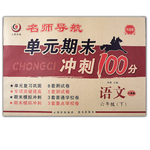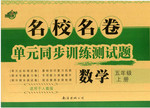题目内容
17.Where is the woman from?A.Britain.
B.Russia.
C.America.
分析 略
解答 略
点评 略

练习册系列答案
 名师导航单元期末冲刺100分系列答案
名师导航单元期末冲刺100分系列答案 名校名卷单元同步训练测试题系列答案
名校名卷单元同步训练测试题系列答案
相关题目
6.-Bob failed in the exam again.
-He _____ it; he never worked hard.( )
-He _____ it; he never worked hard.( )
| A. | deserved | B. | knew | C. | considered | D. | missed |